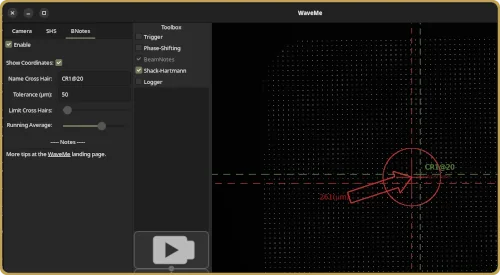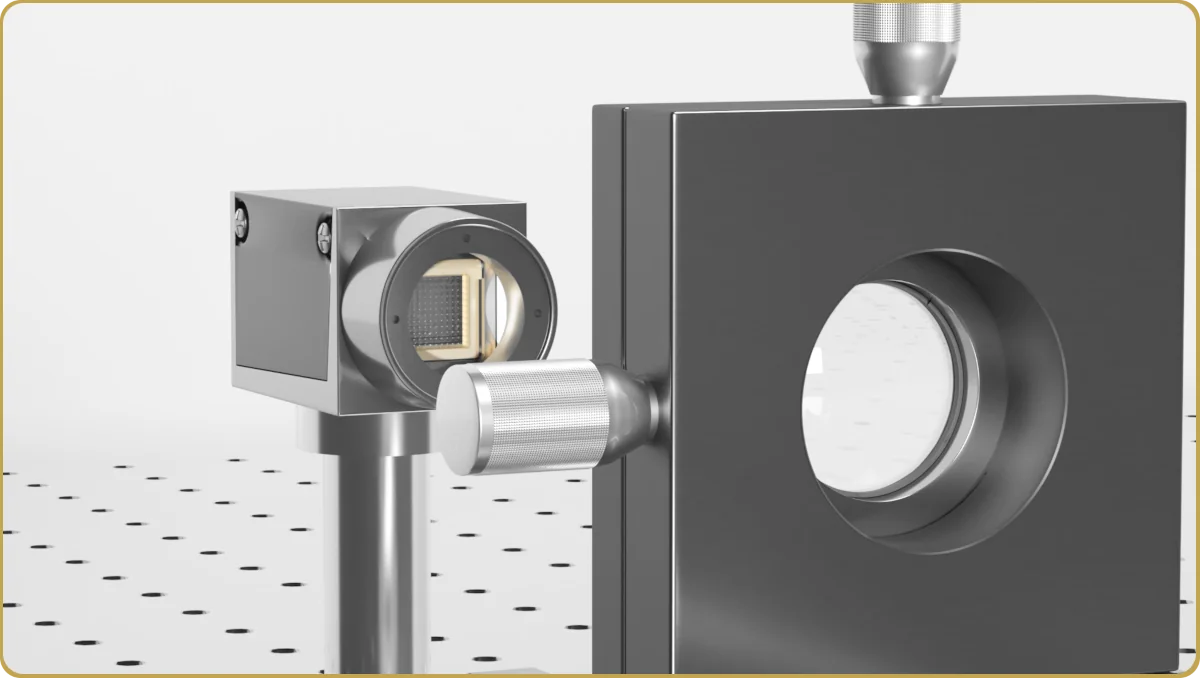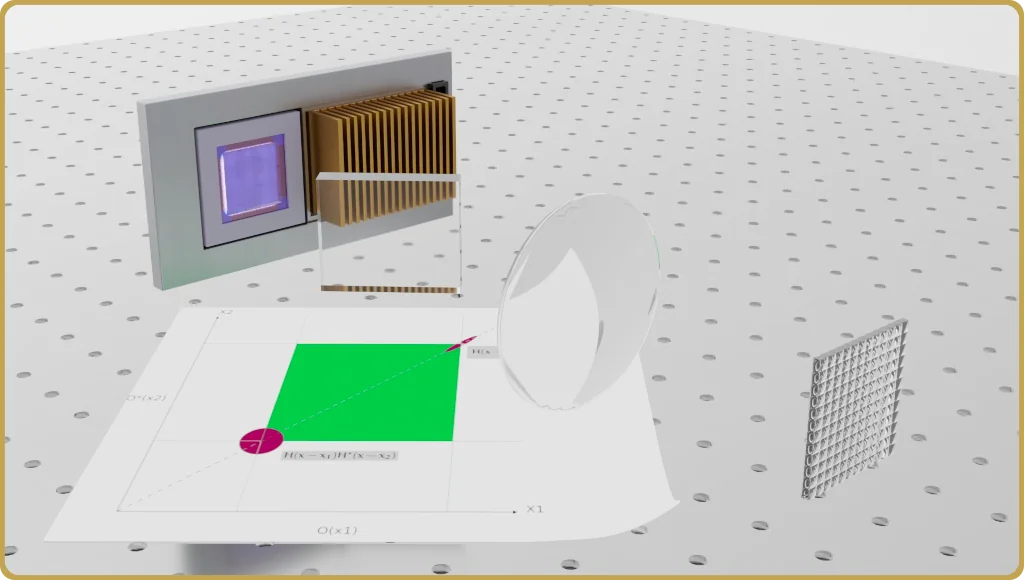For those not into astronomy, Boötes void is a patch in the night sky seeming void of stars, but this little rant is about a blind spot in education the education of engineers. In my soon two and a half-decade in the industry, I have met exactly one person who knew about this mathematical/numerical gem, but truth be told, it is only for the last decade and a half that I have made it a mission to ask everybody and anybody, let’s say, in the need to know. So what is this void I am talking about? It is the Singular Value Decomposition. It is actually amazing that you can get degrees such as M.Sc. and a Ph.D. and remain ignorant about the SVD, which by the way also applied to me.
Luckily for me, I got a problem to solve. With a little paraphrasing: “Compress this data to this accuracy and store it in 2 bytes because that is all we can extract for these million mirrors at the rate that technology of today will us, and then you can find a calibration method for those mirrors”. Didn’t take too long to realize that my education did not equip me to solve this problem. I didn’t know where to look, I had no keywords specific enough to offer any clues. The year was 2000 and the internet had taken off but not taken off enough.
In situations like this, Finding Forrester has a great piece of advice, start typing. If you have seen the movie, you know what I’m talking about. After some trial and error in Matlab, I knew what I wanted. I wanted two orthogonal functions and I didn’t want to invent them myself. They had to come from the data itself. Once I had realized this, it was pretty much over. I knew a symmetric matrix would give me orthogonal “functions” (or vectors in this case) and a covariance matrix computed from my data would give me a symmetric matrix.
Took less than a minute to try it out. Problem solved, but immediately I realized something this good must be textbook material. I just hadn’t seen the textbook. Another case of reinventing the wheel. Luckily, a colleague who I thought was well-read came back with an answer a week later, and he showed me the book. It was about principal components analysis but mathematically, it’s practically the same thing.
The strange thing is that you cannot find a single engineer that is unaware of Fourier analysis, spectral decomposition, and separation of variables. Yet, this Matlab (or Octave) one-liner gives you all of that in zero seconds flat and you may spend half your professional life finding a single optical physicist knowing about it.
The good thing is that there is an increasing passion for the singular value decomposition. Here’s a lovely quote:
“Everywhere you go, always take the SVD with you”
It’s good advice. Here is also an excellent introduction. To round this off, take part in filling this void. Take the SVD with you wherever you go.








Leave a Reply